Estimated reading time: 3 minutes
Electric vehicle (EV) buyers are often hesitant due to one major concern: charging. Although owning an EV is similar to or better than owning a gas-powered car, the charging process can be daunting, especially in areas with limited infrastructure.
The Current State of EV Charging
Most American EV owners charge their vehicles at home. However, over 20% of U.S. households lack access to reliable off-street parking for overnight charging. Additionally, the public charging network is inconsistent, with many drivers reporting poorly maintained or non-functioning chargers.
Efforts to Improve EV Charging Infrastructure
Recognizing the charging infrastructure gap, automakers, governments, and policymakers are working to expand and improve the network. The aim is to increase EV adoption, as transitioning to electric vehicles is crucial for reducing greenhouse gas emissions and combating climate change.
Growth of Charging Stations
Since 2020, the number of public and private charging ports in the U.S. has more than doubled, reaching 188,600 ports and 67,900 stations, according to the U.S. Department of Energy. An additional 240 stations are in the planning stages. For comparison, there are about 145,000 gas stations across the country.
Projected Charging Needs for Full Electrification
At WIRED, we considered a scenario where every vehicle in the U.S. is electric. How many additional charging stations would be needed? Experts believe a significant increase is required, with public chargers needing to grow sixfold, according to Matthew Metz, Coltura’s executive director, and Ron Barzilay, its data and policy associate. Despite the large numbers, Metz remains optimistic about the progress.
Future of Public and Home Charging
Experts predict that most EV charging will not mirror the current gas station model. Metz and Barzilay project that 90% of housing units will have an EV charger, and 70% of charging will occur at home. An additional 10% of charging needs could be met at workplaces, with employees plugging in during work hours. The remaining 20% of charging will likely take place at public stations, with around 70% of these being DC fast chargers, the fastest option currently available.
Advancements in Charging Technology
As Barzilay notes, predicting future technology is challenging. Today’s fastest chargers can power a vehicle from 0 to 80% in approximately 20 minutes. However, by the time full electrification is achieved, even more efficient and faster chargers may be available, further easing the transition to an all-electric vehicle fleet.
Overcoming Charging Challenges
While the U.S. must significantly expand its charging infrastructure to support widespread EV adoption, the task is not insurmountable. With continued advancements in technology and strategic investments in both public and home charging solutions, the nation can move closer to a fully electrified transportation system. By addressing charging concerns and building a robust network, we can pave the way for a cleaner, more sustainable future.



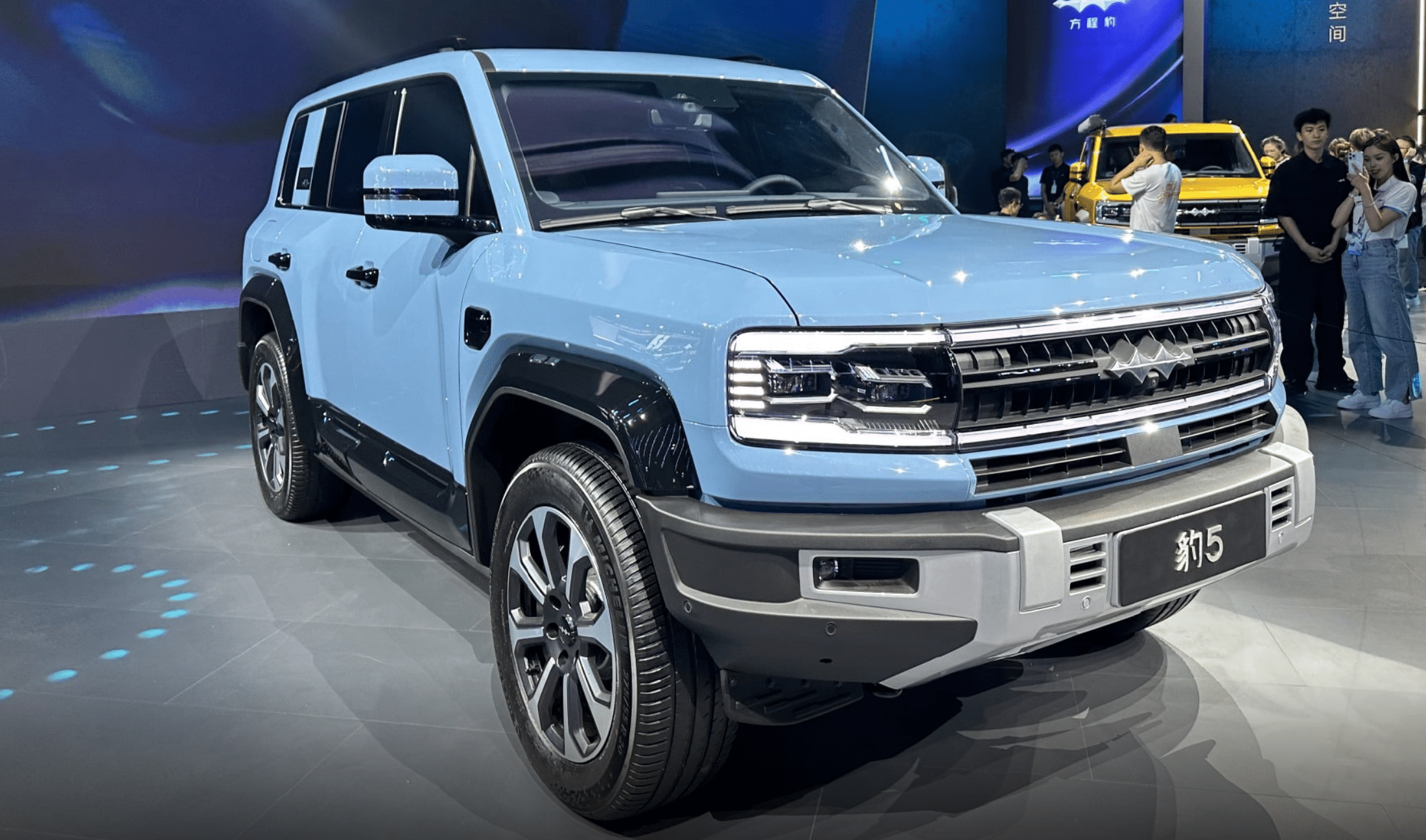

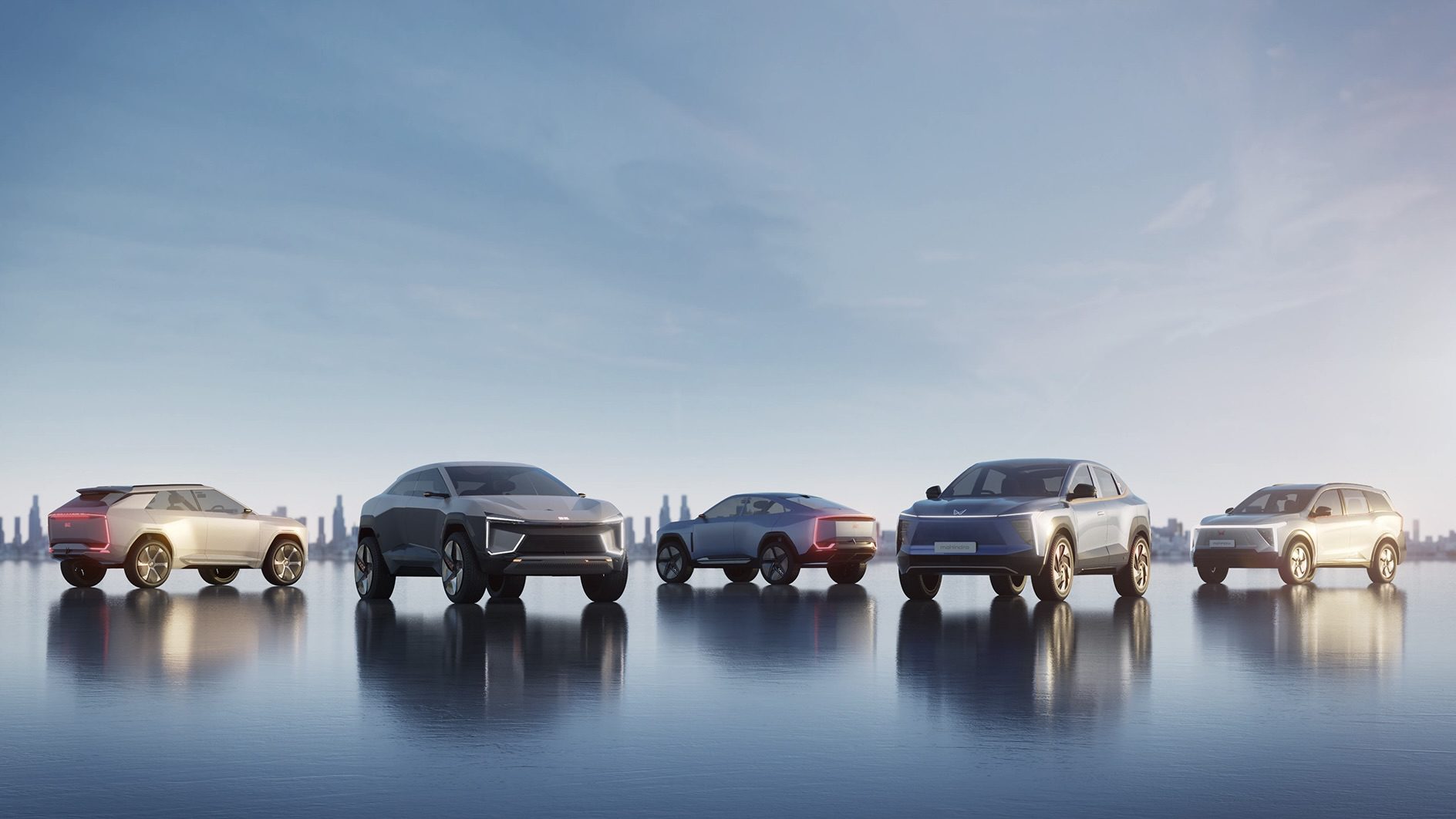
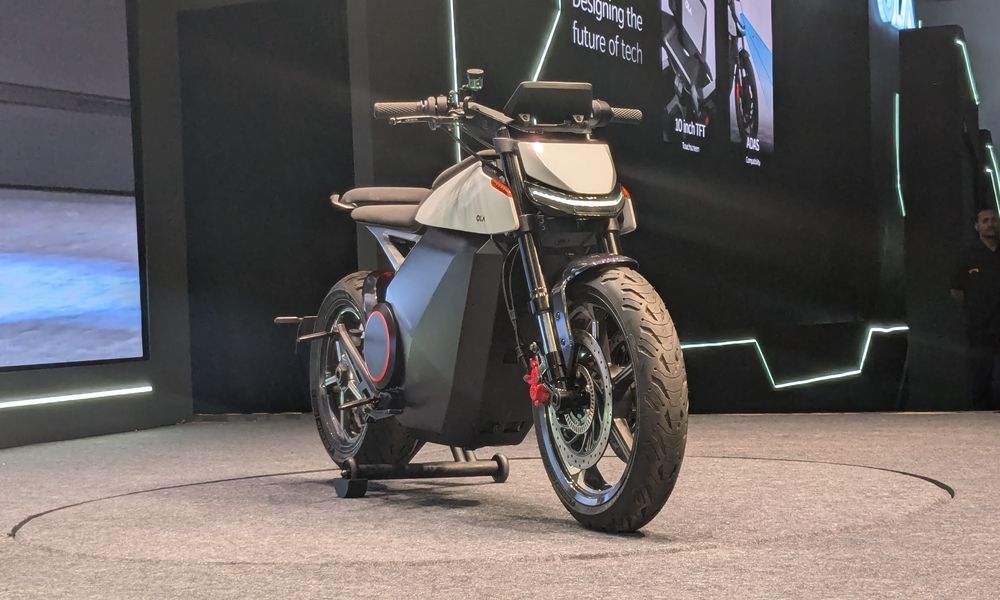




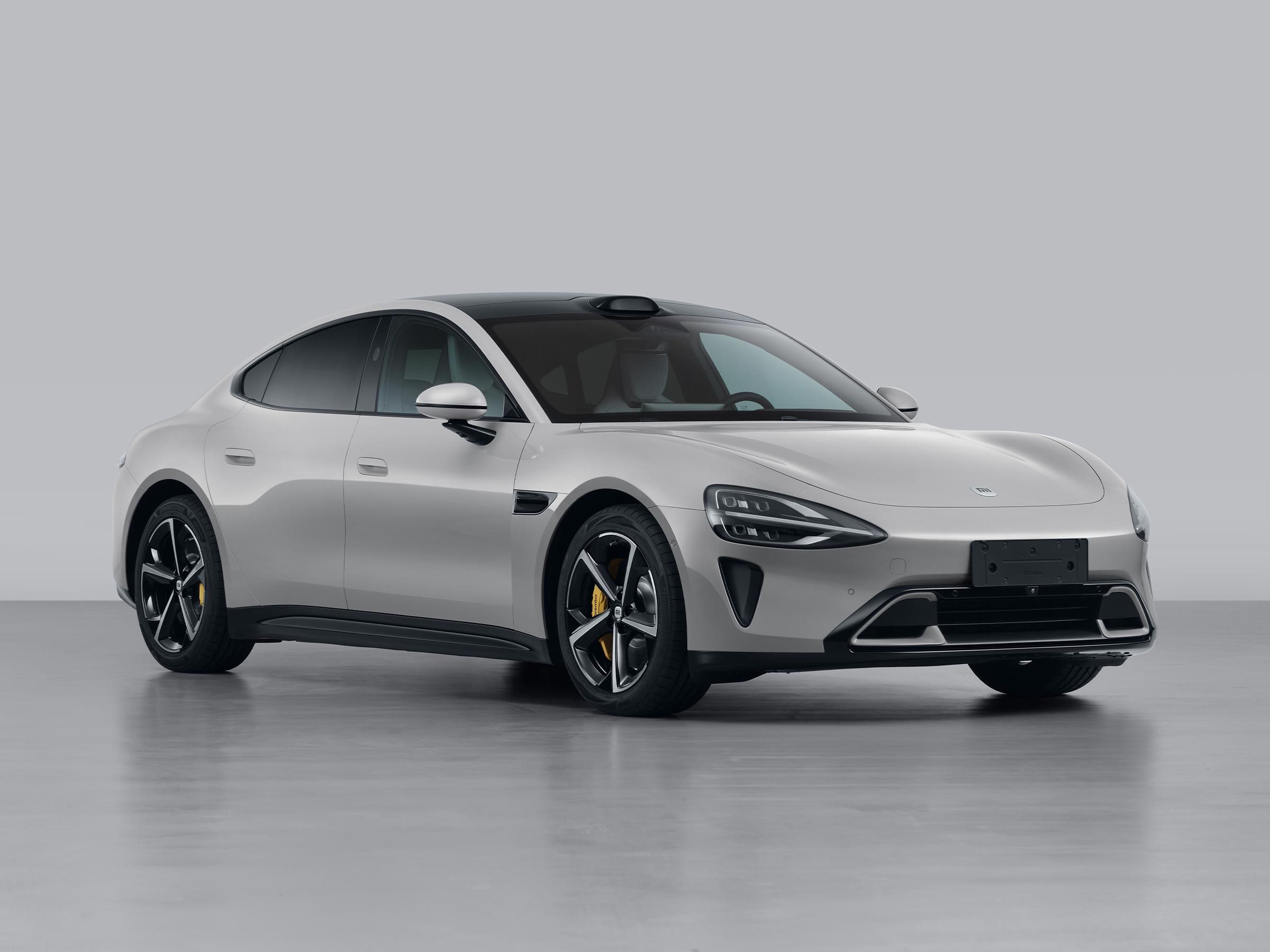

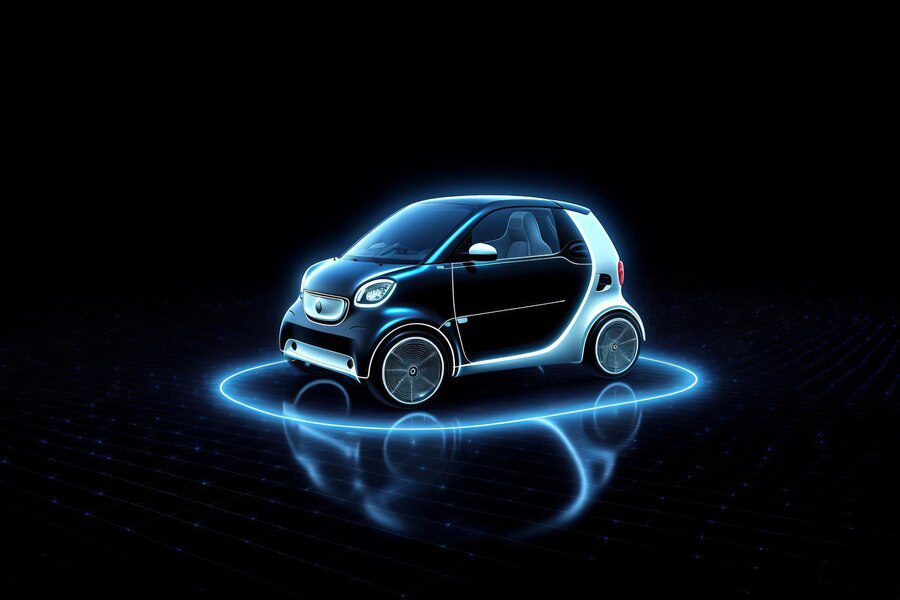
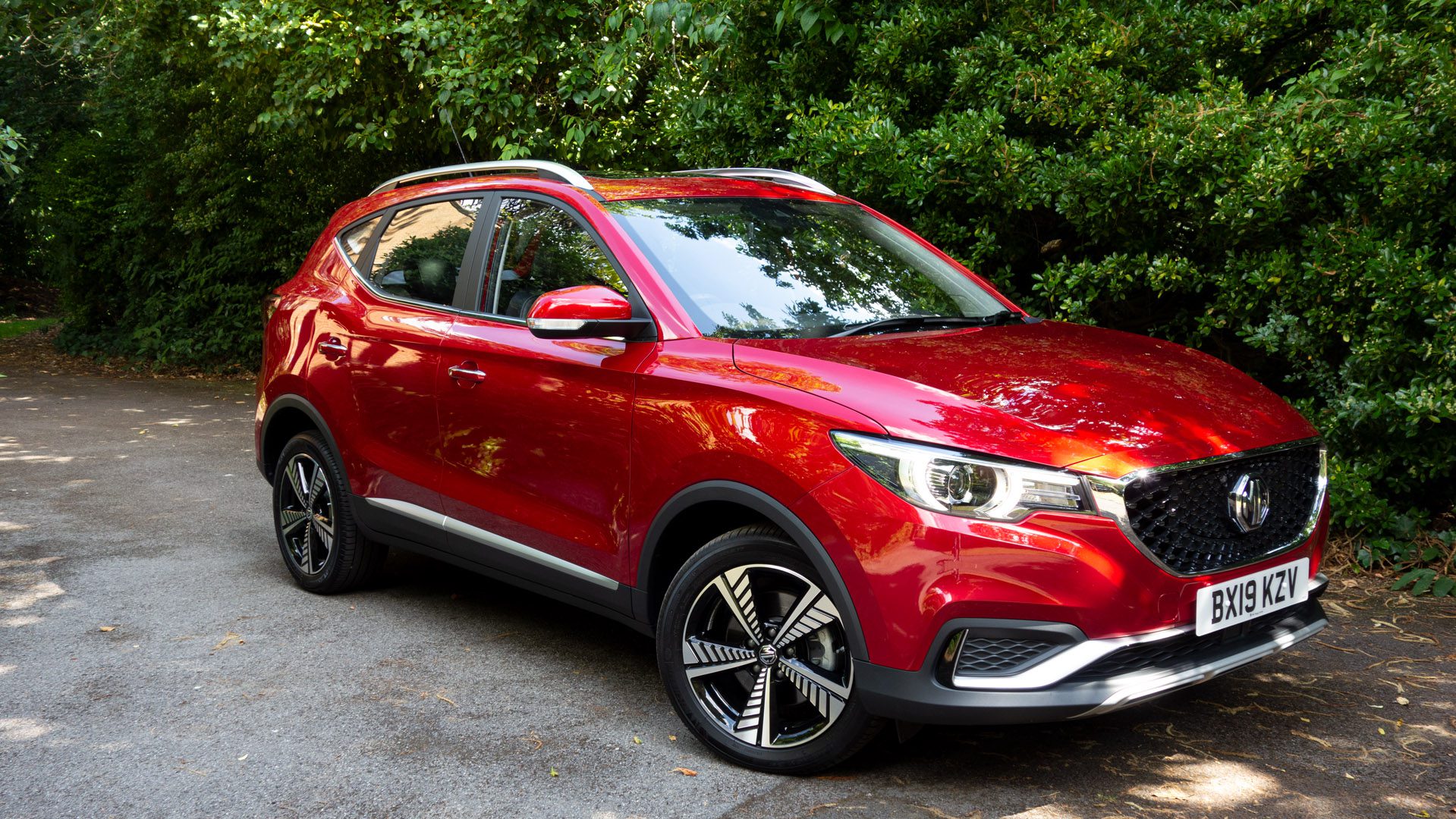
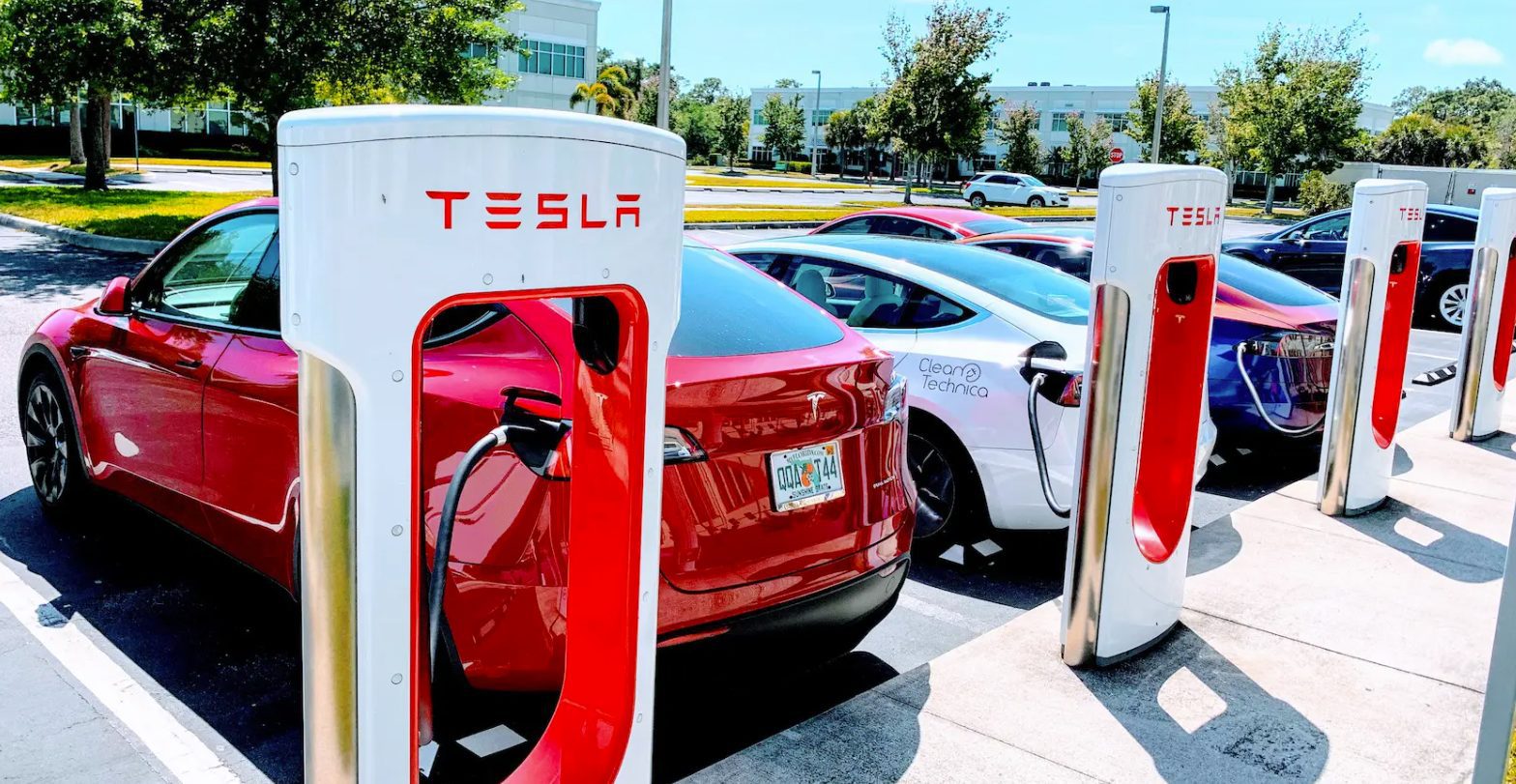
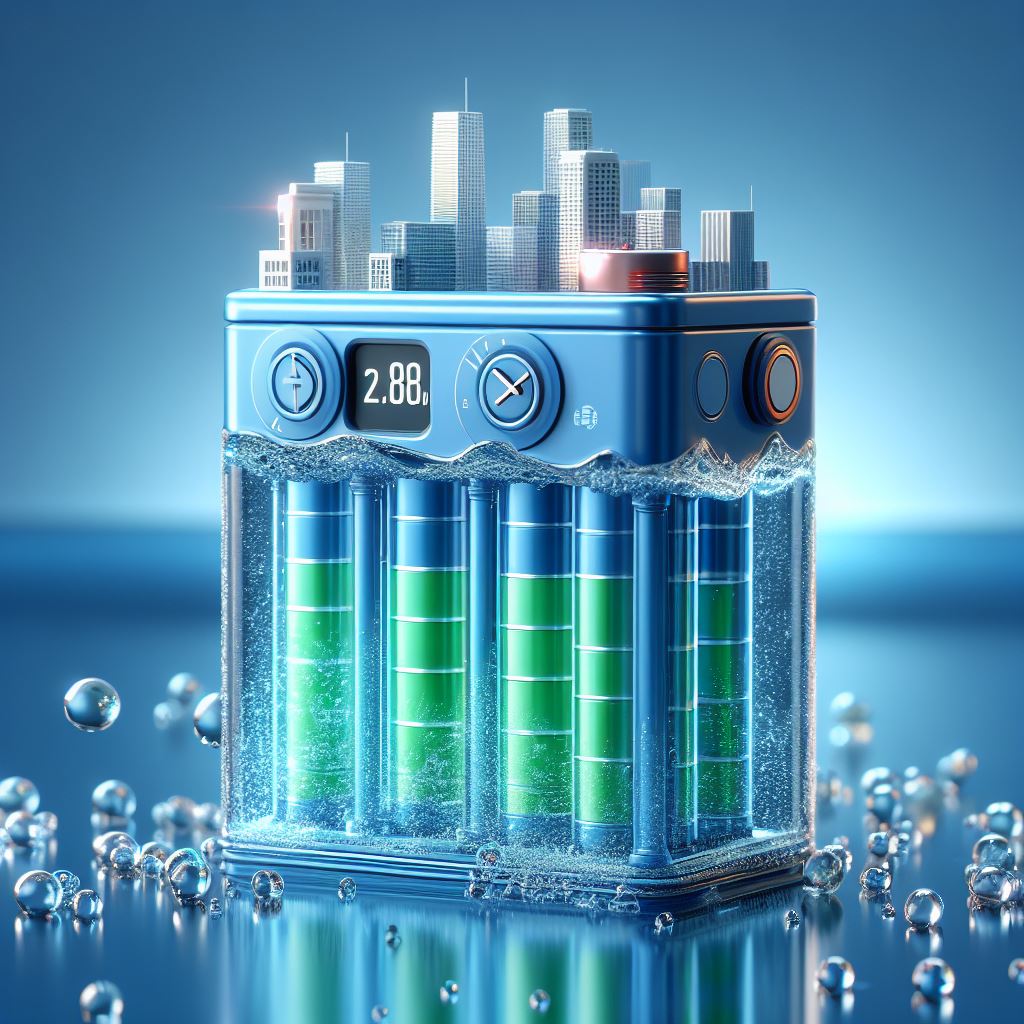

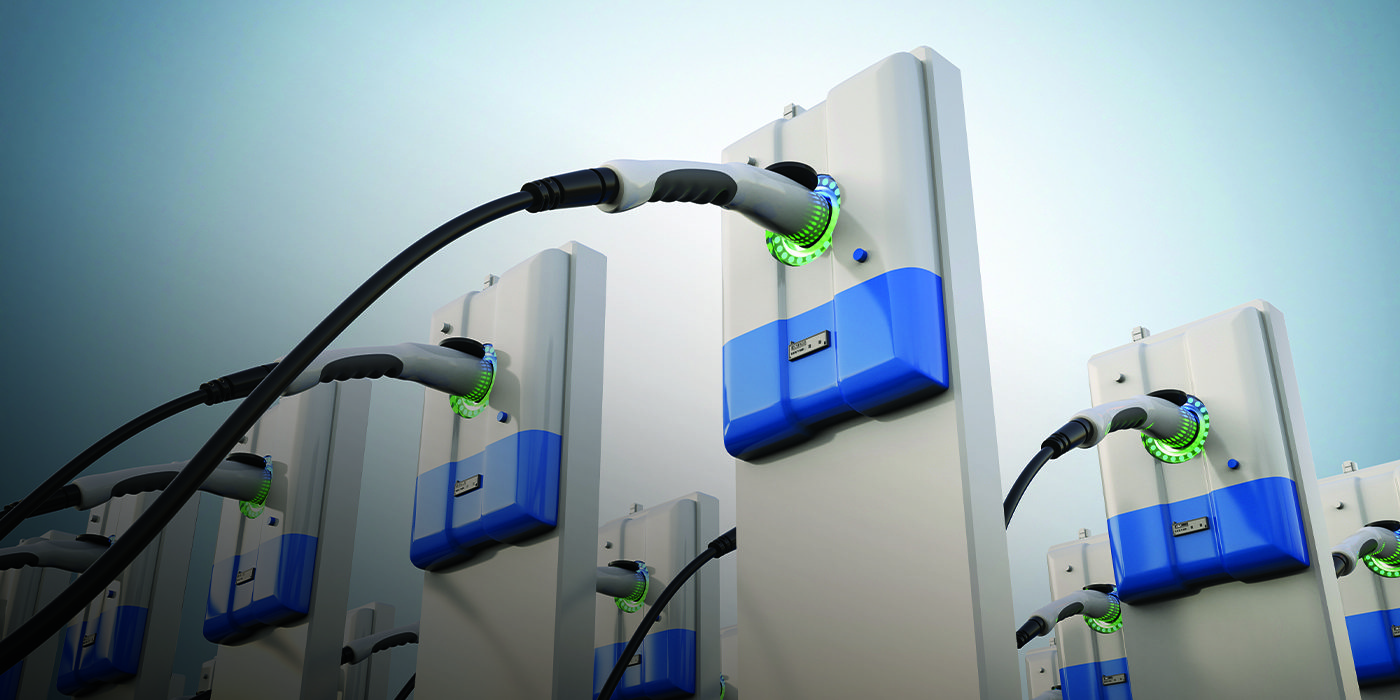

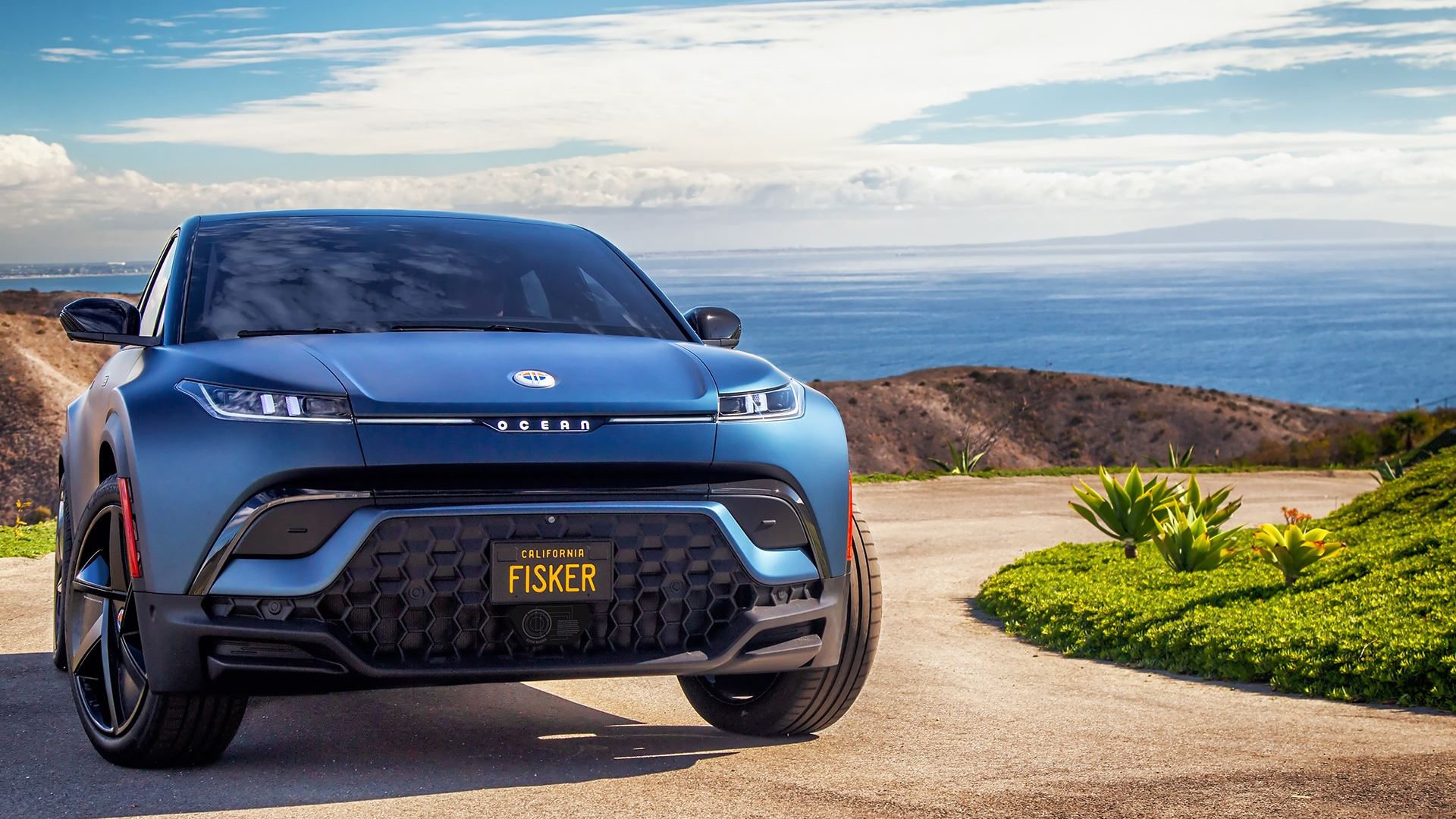
Leave feedback about this